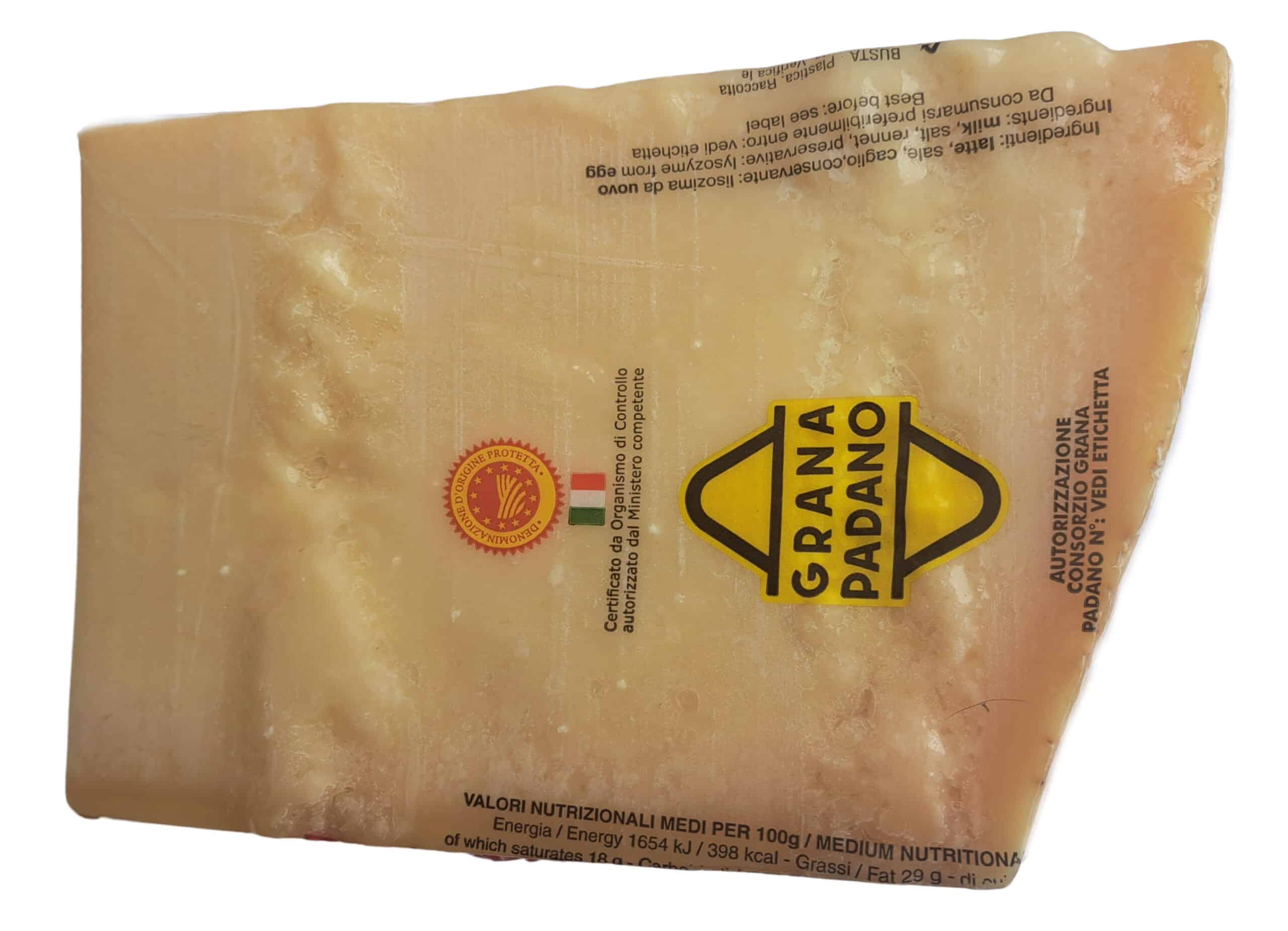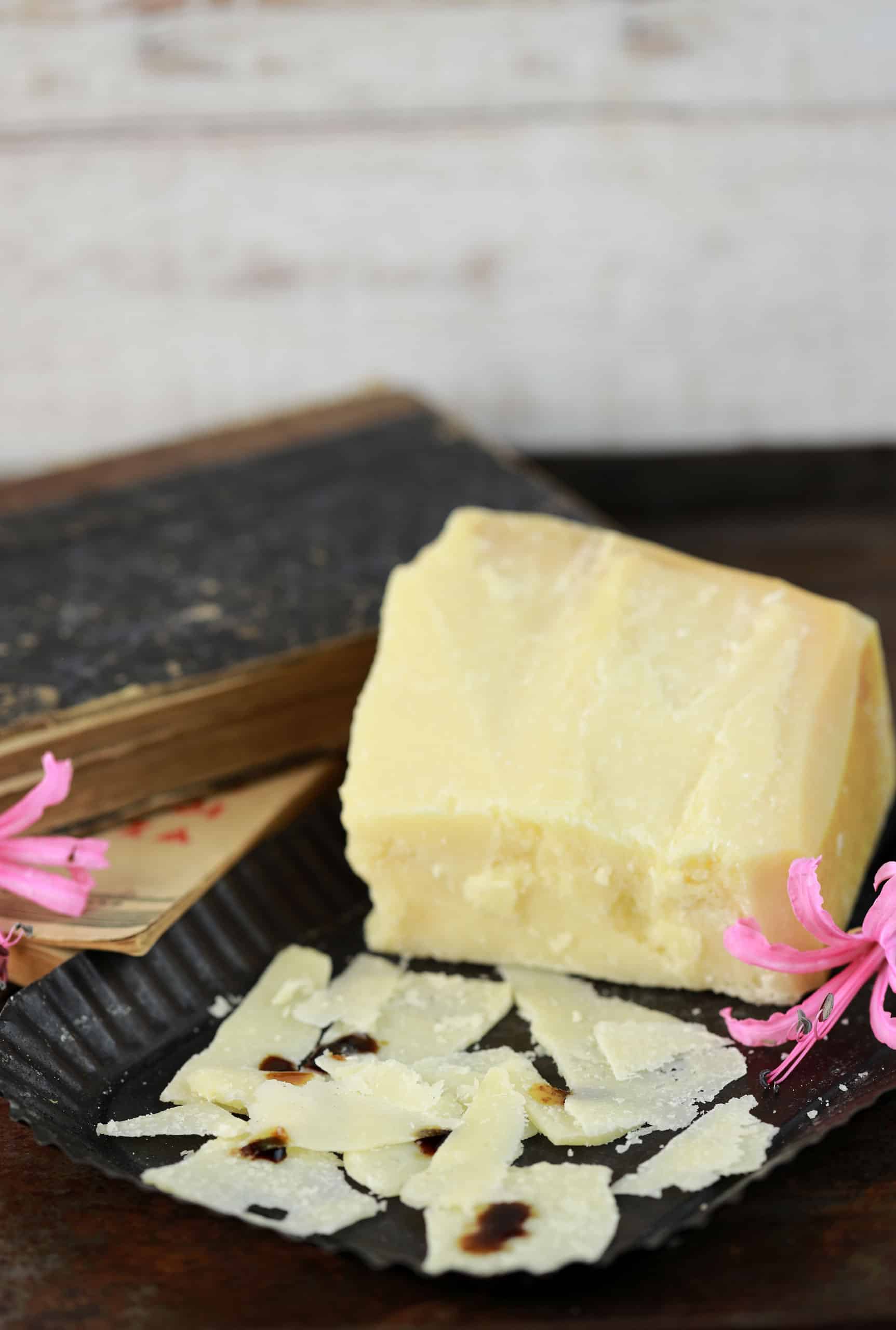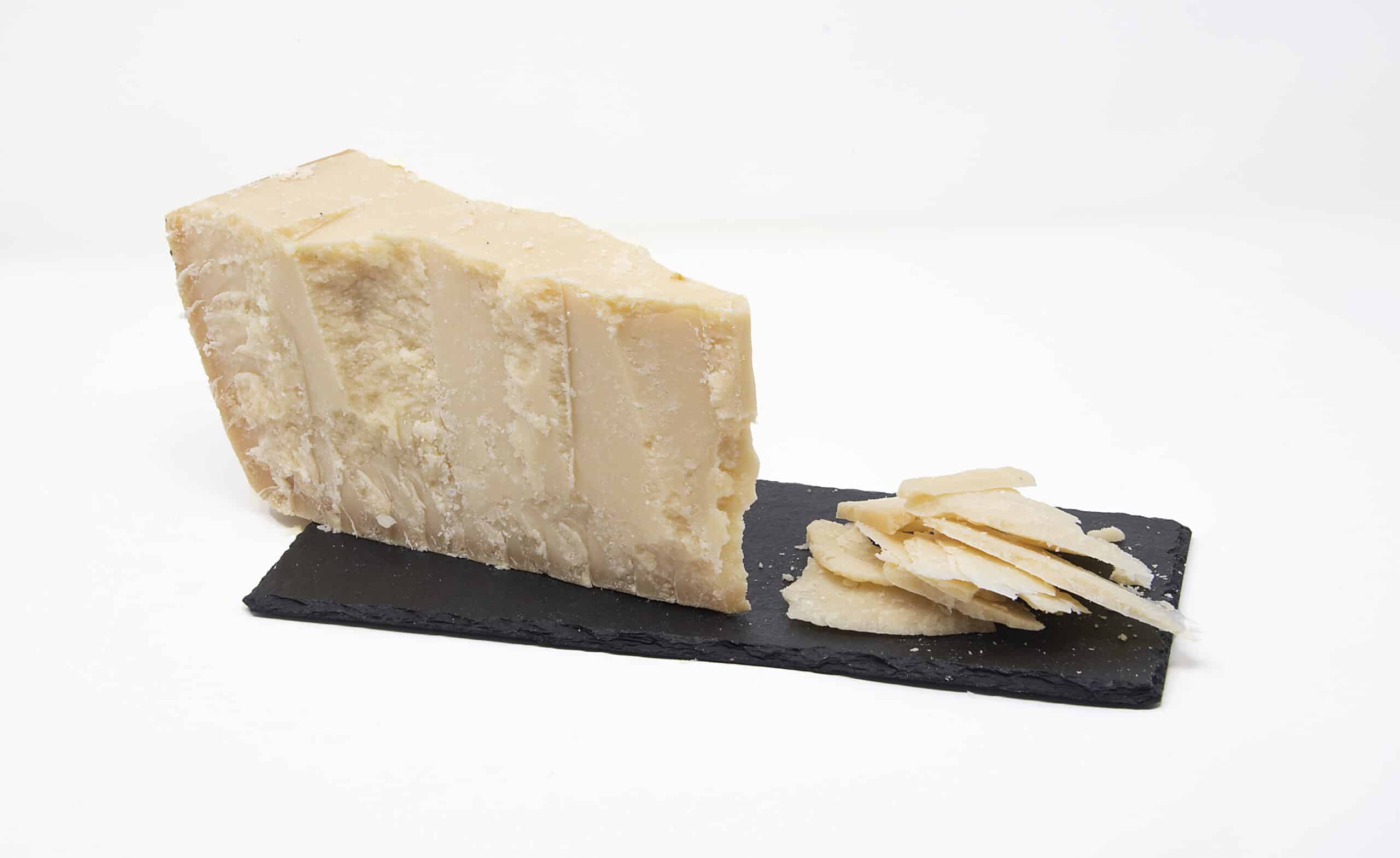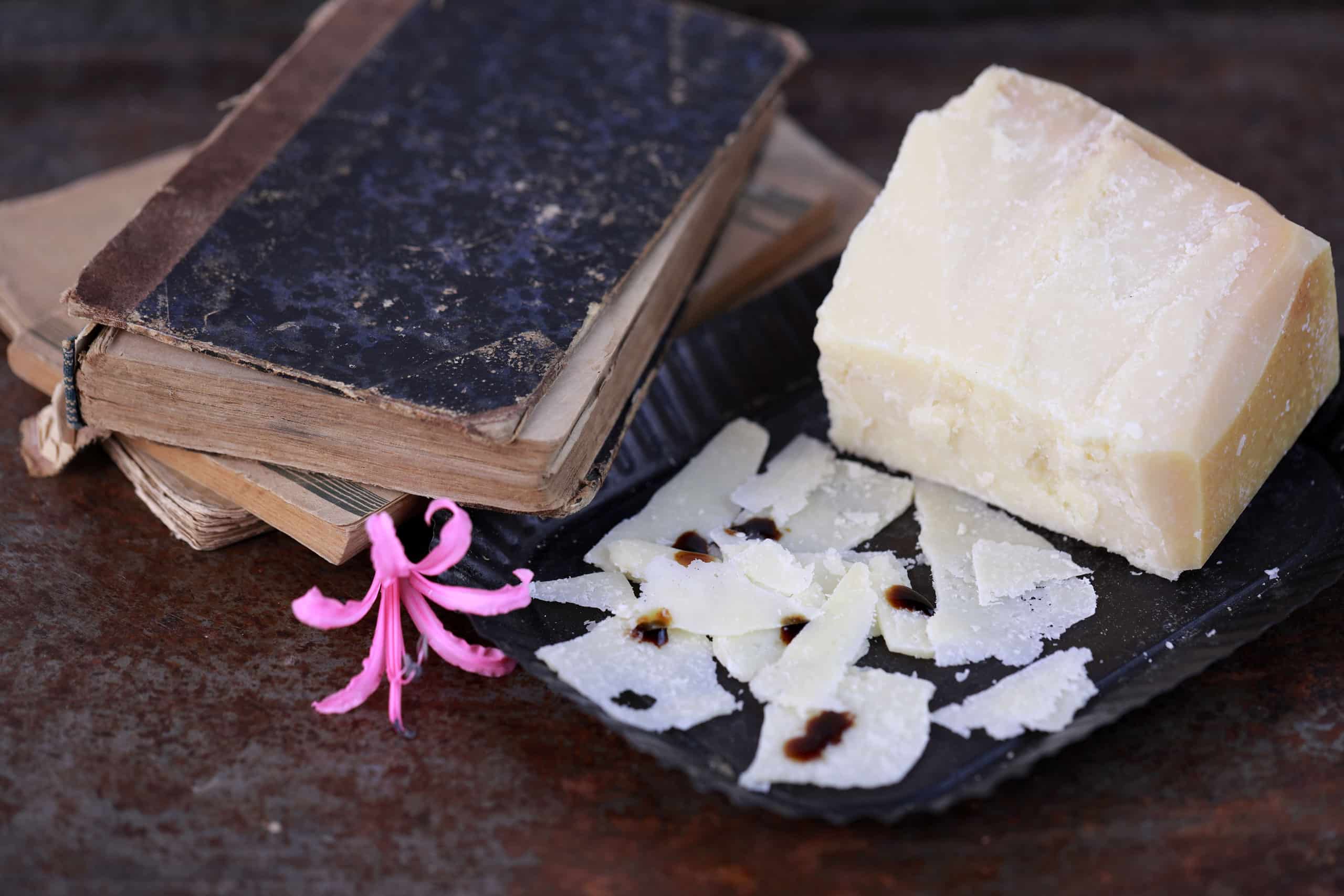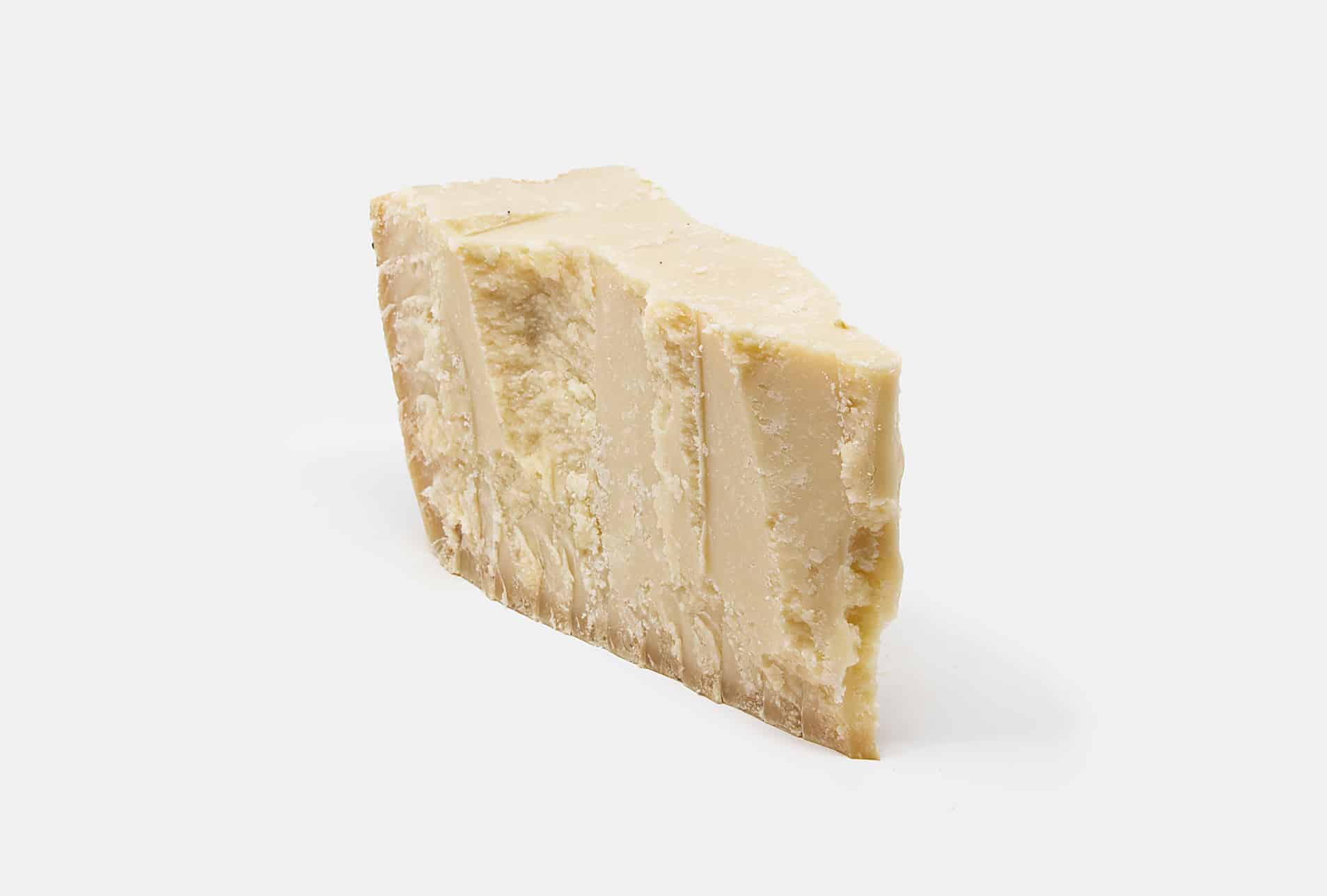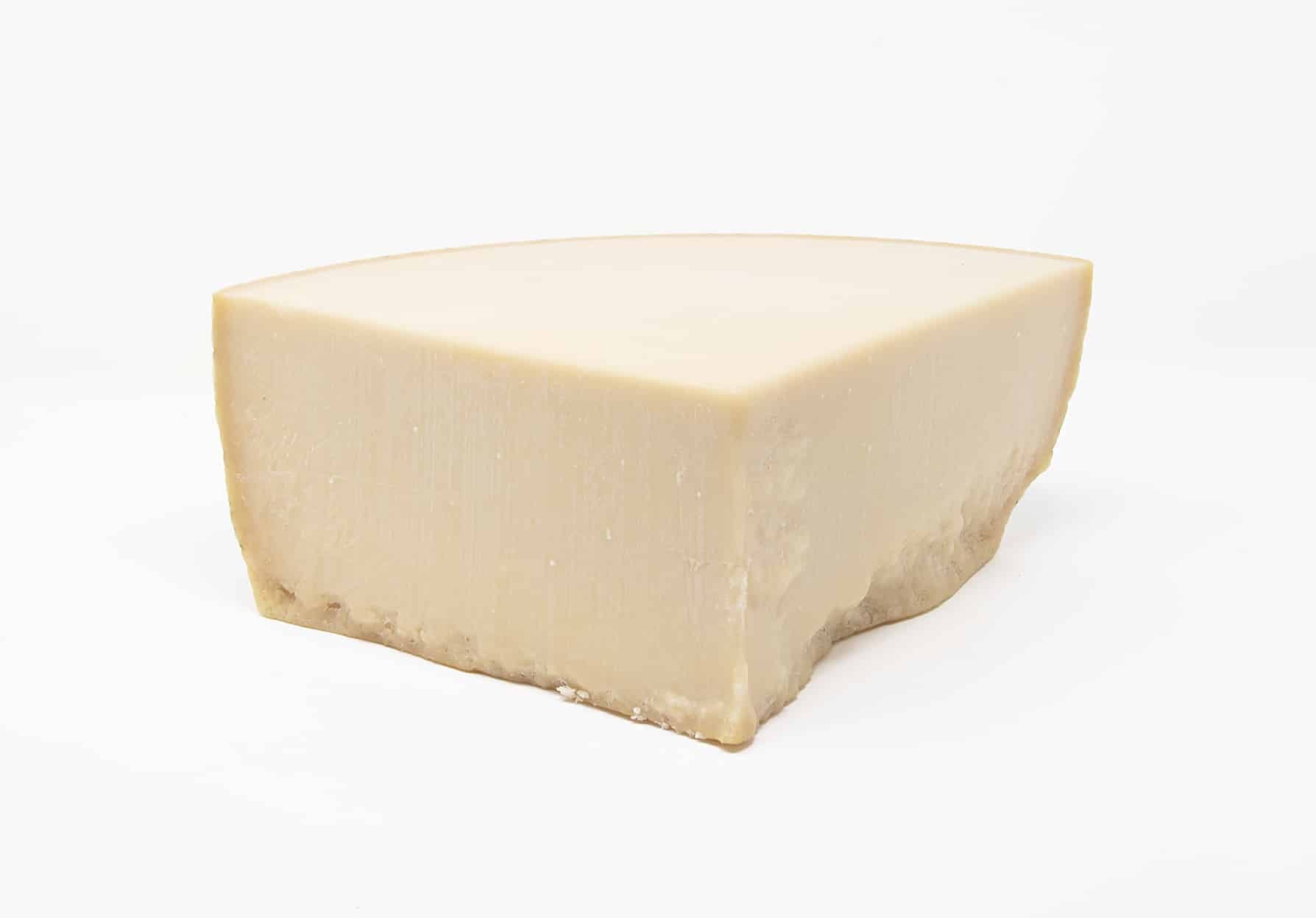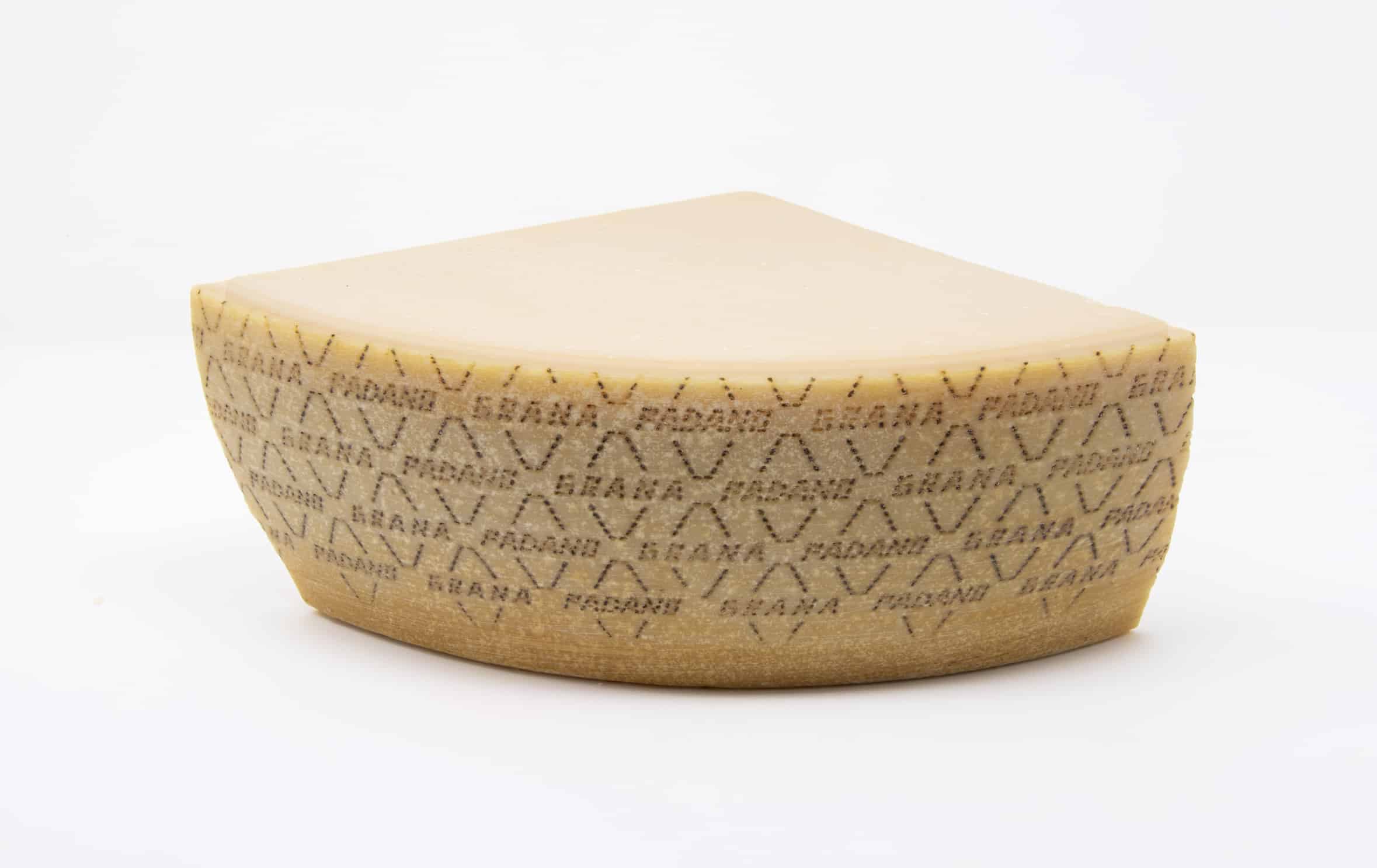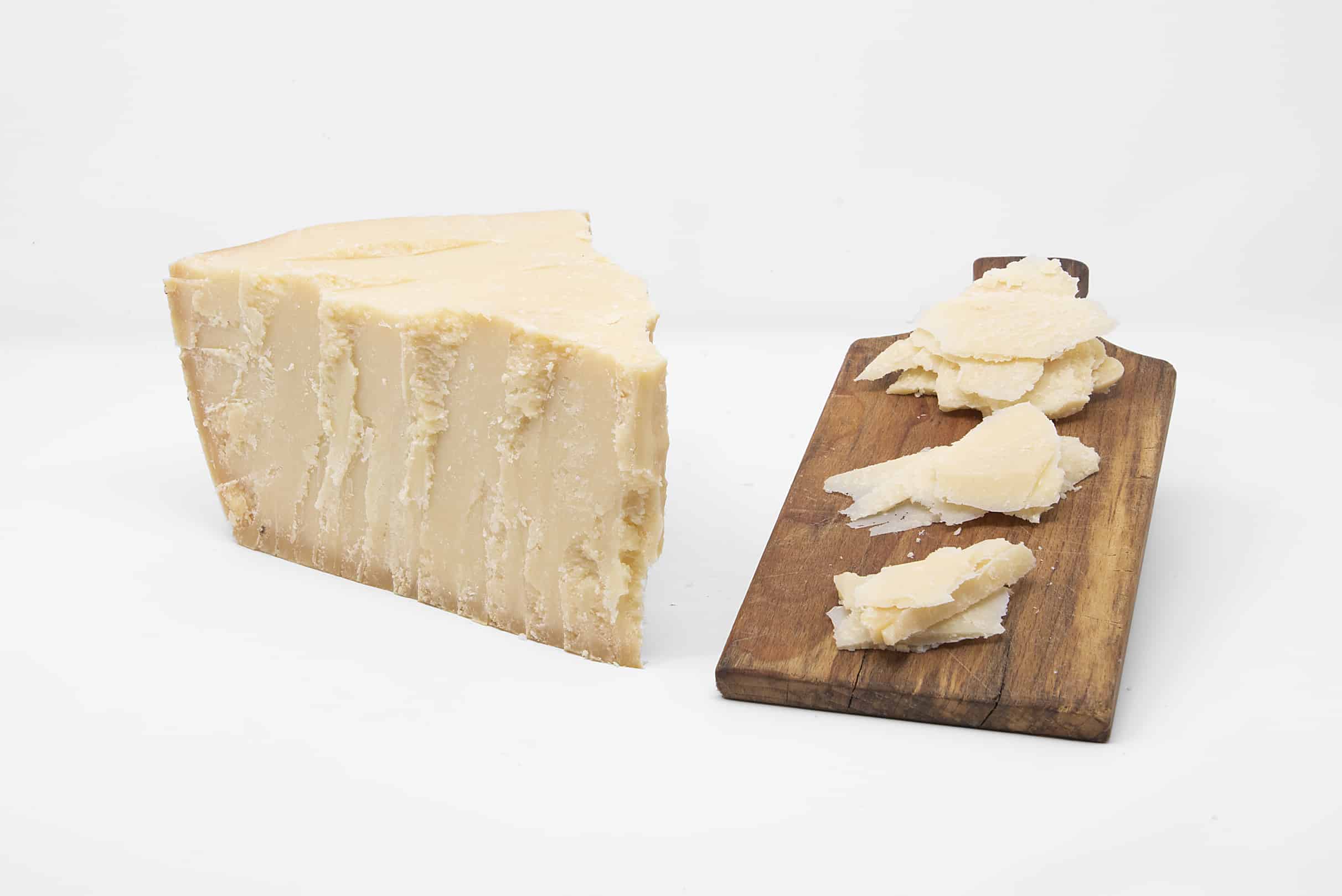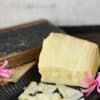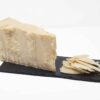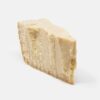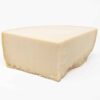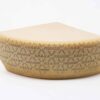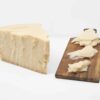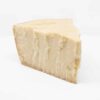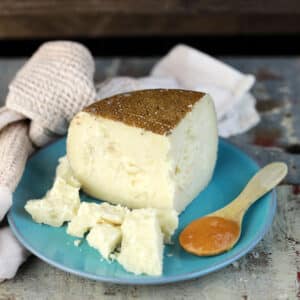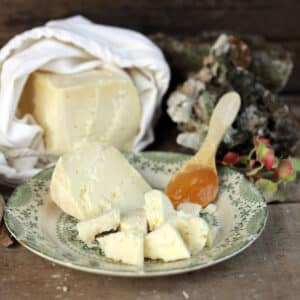Listed as one of the best Italian cheeses with Protected Designation of Origin (PDO), Grana Padano is characterized by its hard and cooked grits, the result of slow maturation.
The production area of this excellence of our dairy industry is well defined by the geographical specification of its PDO: it is produced in the thirty-two provinces of five regions of northern Italy:
Veneto, Trentino-Alto Adige, Emilia Romagna, Lombardy and Piedmont.
And always the same disciplinary requires that the whole chain that leads to the realization of each single form, is included in this specific vast area: from breeding to milking of cows, from harvesting to processing of milk into cheese until maturing and eventuality “scraping”. Also the feeding of cows must be carried out with feed produced by local companies and fodder produced / cultivated always in areas where milk is milked.
Grana Padano: processing
The production disciplinary requires that the Grana Padano is made with only raw cow’s milk. The milk is collected all year round and milked no more than twice a day. Once collected, it is left to partially cream out by natural outcrop and then processed into the characteristic boilers made of inverted bell-shaped copper. To obtain the so-called curd, the milk is brought to a temperature between 31 and 33 degrees and is added to the natural grafting serum and cow’s rennet. Once the cheese has curdled, it proceeds to the actual cooking with a temperature that oscillates between 53 and 56 degrees centigrade. During this process the rennet is continuously stirred. In the end, the compact mass is deposited on the bottom of the boiler and is left to rest there for about an hour and 10 minutes, so that the serum is purged and tightened for good. After this time, the dairy masters raise it using a wooden spoon and a linen cloth and divide it into two twin shapes that are each placed in a tight plastic “band”. After about 12 hours, between this band and the side part of the shape – known as “the barefoot” – a second band “marchiante” is placed which imprints on each shape the identifying marks of the PDO: the four-leaf clover symbol which shows the number of freshman of the dairy of origin, the reference code of the province, the date of production (month and year), the casein plate with imprinted the code for traceability and, of course, the small dotted “rhombuses” that have affected their inside the name in capital letters GRANA PADANO.
Grana Padano: maturing
After 36 hours, the initial band that had been placed around the form just made, is replaced with another one of steel sprinkled with small holes that will serve to give it its classic convex shape with flat-tipped ends. Thus blocked, the form is immersed in a solution of water and salt for a period ranging between 14 and 30 days. At the end of this phase of salting, the forms are placed to mature in special hot rooms – rooms for stewing – from a mino of 9 to a maximum of 20 months. These are rooms in which humidity and aeration levels are constantly kept under control so as to allow the forms to undergo all the necessary chemical-physical variations that will lead, at the end of the process, the cheese to reach its characteristic organoleptic qualities. During the maturation phase, the dairy masters constantly take care of the forms that are turned and “cleaned” every 15 days. As in all parts, at the end of the ninth month of rest, every single form of Grana Padano is examined by the experts of the Consortium who make sure that everything proceeds in the (right) direction established by the Disciplinary: only if the requirements set shapes are branded in focus.
Grana Padano: history
Tradition has it that the first form of Grana Padano was produced in 1134 in the Cistercian abbey of Chiaravalle, a few kilometers away from Milan to the south.
The Latin name that the Padan monks gave to this cheese produced inside copper boilers (not very unlike those still used today in modern dairies) was caesus vetus, old cheese. However, for the people of peasants, sharecroppers and laborers who did not know Latin, gave this “old cheese” another name, directly inspired by its granular dough: Grana.
For centuries, the production of the various grains has remained identical to itself and to the methods “invented” by the monks, but it is in 1951 that all production undergoes an epochal turning point, when in Stresa the operators of the various dairies gathered and settled a convention that then led to the current disciplinary and the distinction between Grana Padano and Parmigiano Reggiano.
Ingredients
MILK vaccine, rennet, salt, preservative lysozyme (from egg).
Inedible crust.
Keep in a cool place.
Produced and packaged in the IT 05 337 CE factory.

